From his drum kit, composer Harris Eisenstadt conducts a chamber ensemble with a core of jazz instrumentalists (bass, trumpet and trombone), expanded to include the distinctive tone colors of bassoon, flute, tuba, cello and banjo. The 24/192 recording presents the arrangement of brass, woodwind and string instruments as shown in the booklet photos, in transparently-clear audio quality.
– Mark Werlin, AllAboutJazz
Recent Developments is a nonet project by New York composer, percussionist, and bandleader Harris Eisenstadt includes many of Brooklyn’s most esteemed creative musicians. It was the fifth installment of music for medium-sized ensembles. As Harris explains: “Each were explorations in long-form composition and unusual instrumentation. And each walked the line between small group conception and large ensemble ambition. Medium-sized ensembles present unique sets of compositional problems. They contain many more voices than a small group has to account for. But at the same time, you are not quite dealing in big, heaving blocks of sound…Writing for a medium-sized ensemble is, in miniature, something like writing for chamber orchestra. Textures can be massed, but they can just as easily be quite thin. I wanted to explore all of the weights available in Recent Developments, and discovered again that the heaviest weight in a medium-sized group still has a sheerness, a level of exposed-ness, that is neither large nor small…The wide range of timbral combinations is at the heart of the recording.” Formally the suite is divided into fourteen parts: six ensemble sections and eight discrete transitional sections in which snapshots of the material from the ensemble sections are re-imagined and interpreted freely in sub-ensembles of varied instrumentation that were chosen on the day of the recording.
Harris’s musical influences involve the mid-sized ensemble compositional strategies of Henry Threadgill, Dave Douglas, and John Zorn. “I started working with Zorn this past year, playing ten tunes of his new Bagatelles book (of 300 tunes!) with Chris Dingman and Eivind Opsvik. It’s been inspiring to witness first-hand not only how prolific he is, but also his microscopic attention to detail. The Bagatelles are miniatures, yet they contain multitudes. Even though Recent Developments is long-form rather than short form, I wanted to honor that attention to detail in my revisions. I wanted to treat every line, whether main melody, counterpoint, rhythmic/harmonic underpinning, with the same meticulousness… I’ve always admired [Douglas’s] prolific output and his attention to lyricism… Threadgill remains a central source of inspiration as a composer, arranger, bandleader. His aggregates of unusual instrumentation and their rhythmic vitality continue to astonish.”
If this all sounds pretty serious, the music as performed certainly has its beguiling idiosyncrasies that allow for a variety of responses: “This music, though narrative-based, claims, through abstraction or subversion of expectations, no ‘program note’ of intent. One listener’s deadpan is another’s lightly ironic is another’s dispassionate is another’s emotionally charged.”
Harris Eisenstadt, drums
Anna Webber, flute
Sara Schoenbeck, bassoon
Nate Wooley, trumpet
Jeb Bishop, trombone
Dan Peck, tuba
Brandon Seabrook, banjo
Hank Roberts, cello
Eivind Opsvik, bass
Tracklist
Please note that the below previews are loaded as 44.1 kHz / 16 bit.Total time: 00:41:00
Additional information
| Label | |
|---|---|
| SKU | SGL16202 |
| Qualities | DSD 512 fs, DSD 256 fs, DSD 128 fs, DSD 64 fs, DXD 24 Bit, WAV 192 kHz, FLAC 96 kHz |
| Channels | |
| Artists | |
| Composers | |
| Genres | |
| Original Recording Format | |
| Recording Engineer | Sean Kelly |
| Mixing | John Raham |
| Mastering | Graemme Brown |
| Recording Location | Water Music, Hoboken, NJ |
| Instruments | Banjo, Bass, Bassoon, Flute, Trombone, Tuba, Cello, Drums, Trumpet |
| Release Date | November 4, 2025 |
Press reviews
FreeJazzBlog
Parts one through six are longer and tend to be more through-composed, with an emphasis on groove, melody, and the aforementioned complex counterpoint. While they often layer in like Motown hits and feature some strong conventionally structured soloing, they also have a way of bottoming out in challenging solo or duo features and ending without a return to the melody. These six are the tracks most likely to get your feet tapping—“Part 2” positively swings, “Part 4” starts with second line tuba—or move you emotionally—Bishop’s smoldering solo on “Part 3,” cellist Hank Roberts’s surpassingly beautiful playing on “Part 6.” Throughout, there’s more masterful efficiency in the way Eisenstadt repurposes melodic material both within a track, trading it from one instrument to another, and between parts, creating echoes that tie the whole thing together.
Musicworks
Recent Developments’ nonet program is neither standard chamber jazz nor chamber music. Although reminiscent at points of some of Charles Ives’ early twentieth-century semi-rural compositions, a cutting urbanity—heard in Anna Weber’s flute, Sara Schoenbeck’s bassoon, and Hank Robert’s cello, for instance—strips away any sentimental leanings in Eisenstadt’s six-part suite. Brandon Seabrook’s banjo serves as chalk-on-blackboard interruption when retrogressive cursive harmonies threaten. Eivind Opsvik’s bass provides a steadying bottom, while Jeb Bishop’s trombone serves as a broken-octave contrast to the reed expression…. Wooley is outstanding as a colourist on this disc, packaging smears and whinnies into warm grace-notes to link with the drummer’s martial beats on “Part 1.” Moving through interludes where unexpected instrumental groupings and contrapuntal affiliations bring out instances of swinging surprises from every instrument, no matter how far out of its comfort range it must be yanked, Recent Developments reaches an imposing climax of melded imagery and techniques with the brief “Part 6” and “Epilogue.” Buoyant themes reach logical conclusions with harmonies that—usually via Seabrook’s strums—retain a spiky edge, while contributions from the other players frame a suite which belies its prosaic title to confirm the drummer’s skilful maturity—and compositional mastery.
Jazzwise
On Recent Developments, his 20th release as bandleader, New York composer and percussionist Harris Eisenstadt revives the flagging jazz careers of both banjo and tuba, structuring a keen alliance between Dan Peck’s flatulent horn and Brandon Seabrook’s porch-side treatments. Seabrook is a particularly exciting proposition, a gutbucket maverick who’s as happy hiccupping in hickory winds as he is ruffling feathers with blasts of bad weather bellicosity. Here he reels out a series of mutant old-time rolls and raggedy plucks, collapsing Dock Boggs’ death-rattle blues amid a low-end setting of bellowing hippo-hipped brass and grouchy cartoon strings, a reductionist fresco teetering between jug band joust and laugh-it-up lampoon. Eisenstadt, for his part, restricts himself to an unobtrusive Paul Motian-like shading, his magic woven through the organisational fecundity of these profoundly original arrangements.
DownBeat
The rich, differentiated string and woodwind textures extend the chamber-like instrumentation of his Golden State Quartet…For every action Eisenstadt takes as a writer and arranger, he provides an equally considered response. Brandon Seabrook’s flinty banjo and the leader’s own swinging drums balance the liberally deployed bassoon, flute and bowed strings. And while the officially named parts of the suite constitute a very detailed piece unto itself, each is bracketed by shorter, looser segments that ease the music’s tension. This attention to pacing, detail and contrast is one of the best things about Recent Developments. Each stylistic variation is fully explored and each solo fully integrated into a larger framework that is elaborate but never unnecessarily so.
Only logged in customers who have purchased this product may leave a review.

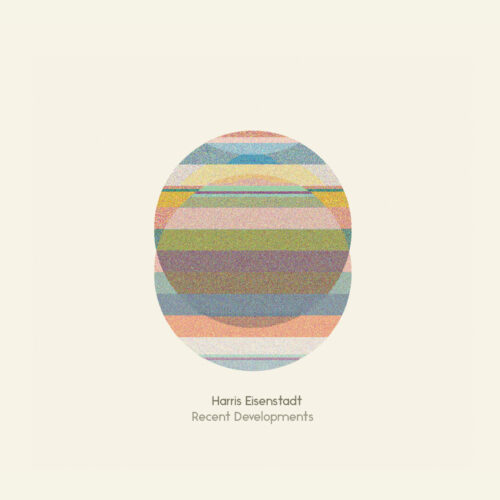
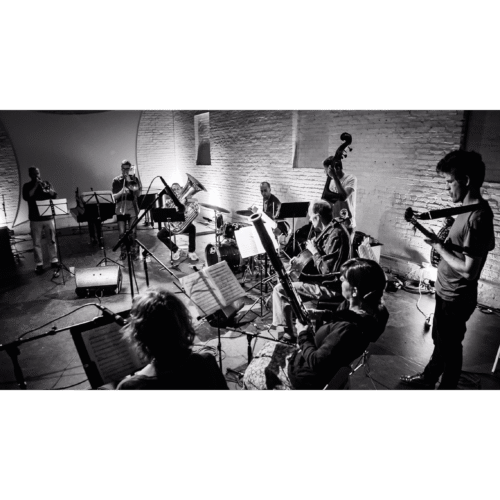
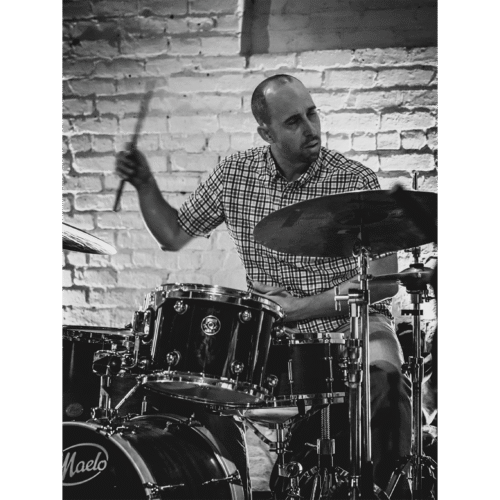

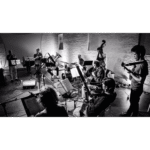
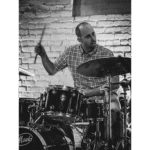
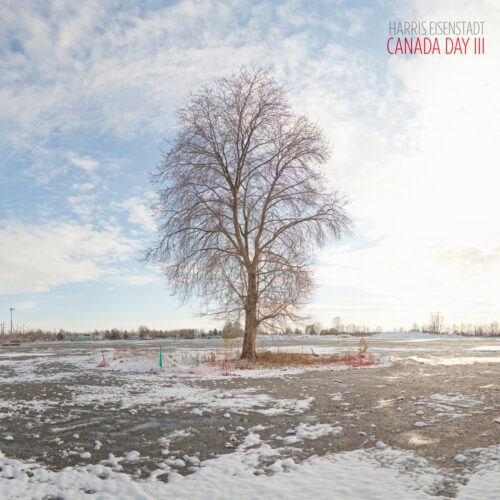
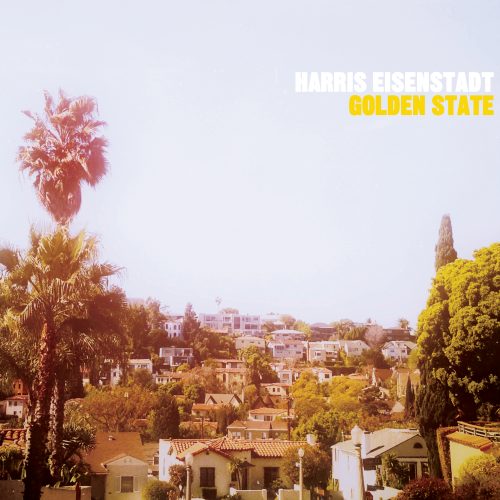

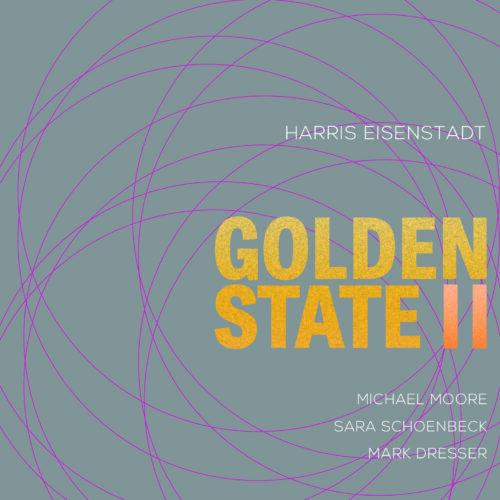

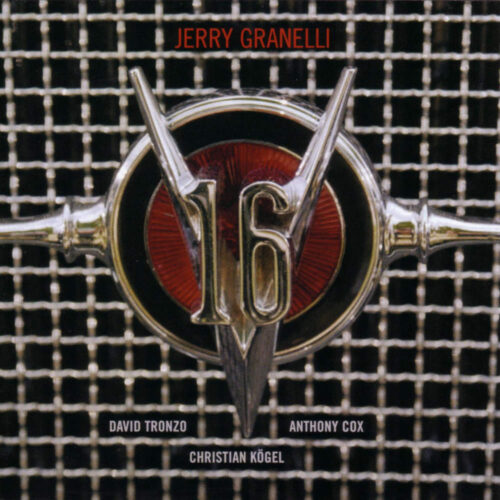
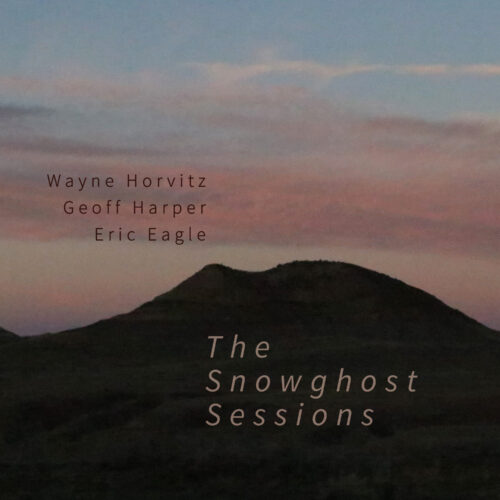
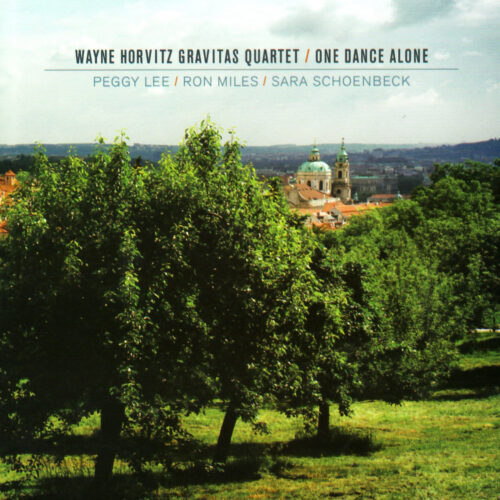
Reviews
There are no reviews yet.